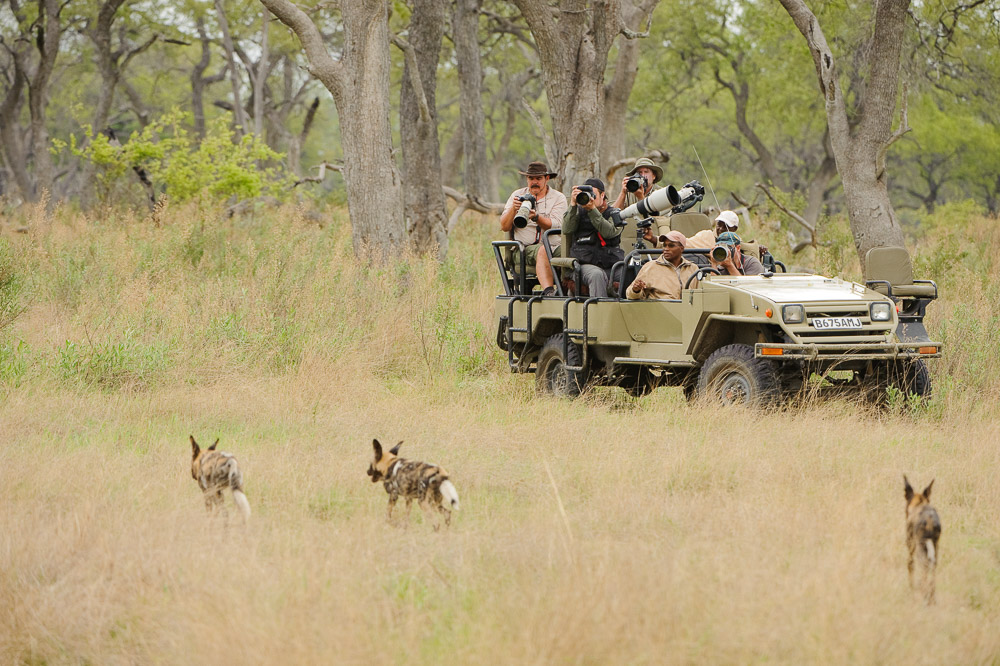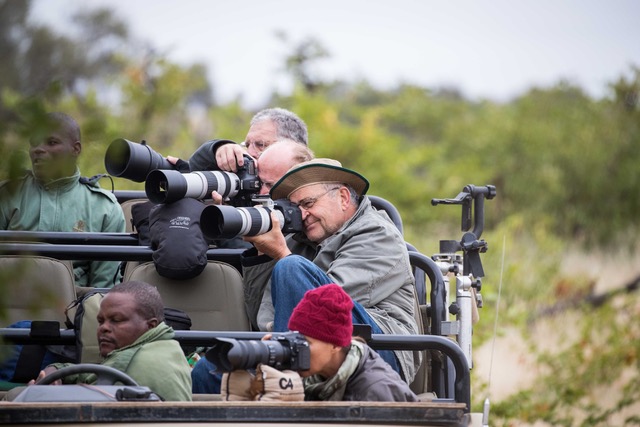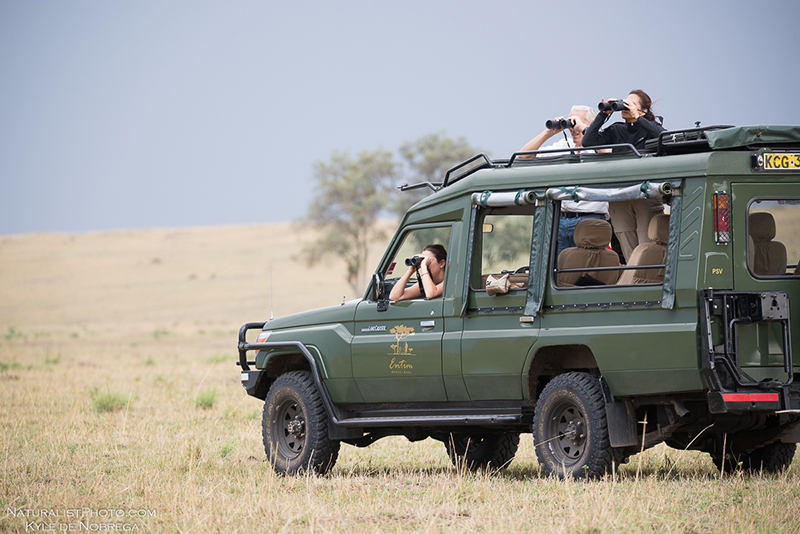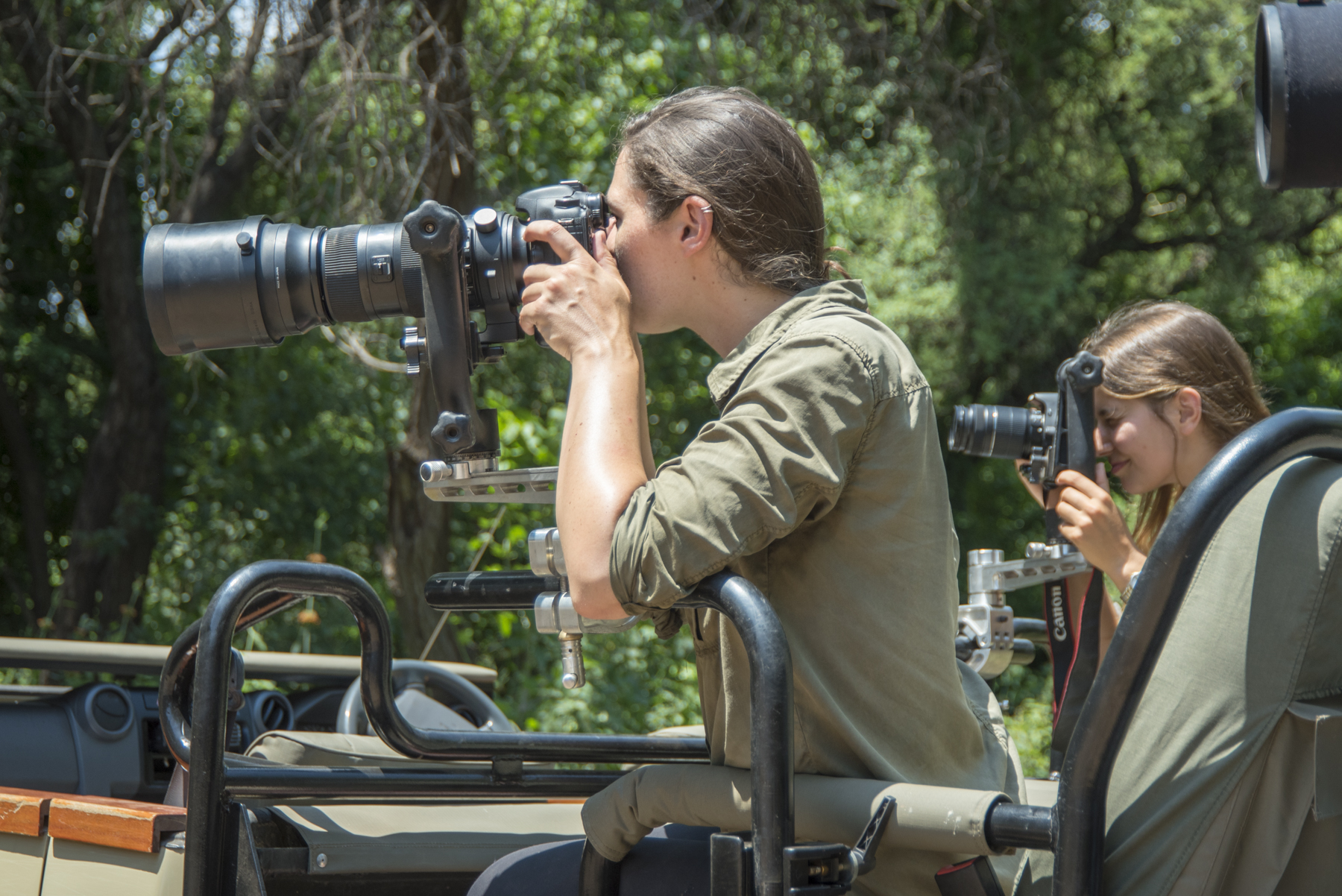Date 2024/06/26 08:09:10 by Janet Kleyn
Going on a photo safari is a dream for many photographers and wildlife enthusiasts. Wildlife photography presents unique challenges compared to other forms of photography. It involves travelling in remote areas with no nearby shops for replacements, limited connectivity, and exposure to the elements like weather and dust. Thorough preparation becomes essential.
.jpg)

To help you capture those magical moments on safari, I have compiled a comprehensive list of gear you will need and gear that is not essential - but handy to have. Of course, if you are going on safari with C4 Photo Safaris, we have a team of experienced wildlife photographers that will be happy to guide you personally before your departure.
The essentials:
• Camera bodies – Preferably two bodies and frequently three.
• Spare batteries for cameras – at least 2.
• Battery charger(s) and power leads for same, including some spare power leads.
• Power adaptor with the power plug of the country you are traveling to.
• Memory cards - Minimum 64GB and carry at least 4 cards. Your photos can be downloaded and formatted at the end of each day.
• Home country power board with at least 4 outlets.
• Lens cleaning cloth/s – take along plenty.
• Lenses - wide angle and telephoto.
• Spare lens caps – to replace those lost while out in the field.
• Larger blower brush – the extent of the dust will surprise you.
• Laptop & power cables – Lightest laptop possible.
• External hard drives – 1 TB each and minimum 2.
• Power, transfer cables for external hard drives.
• Power, transfer cables for external hard drives.
• Monopod – can be useful and easy to pack with clothes.
• Tripod – essential for landscape photography and necessary for low light/star photography.
• Tripod head and quick release plate.
• Beanbag - I always travel with my own. Empty and can be filled on safari.
• Good quality camera bag - to keep your equipment safe from the elements but also importantly well organised.
• Torch (& spare batteries) and LED headlamp, preferably with a red light incorporated in itfor night shoots.
Handy but not essential:
• Camera manuals – can be stored as pdf’s on your phone/tablet
• Wallet for holding memory cards
• Wimberley head – for very large (>400mm) telephoto lenses.
• Filters – Polarizers and neutral density filter for all lenses.
• Graduated ND filters and holder.
• Tele-converter(s).
• Flash – If you generally use it, but it is not essential for wildlife photography.
• Spare Batteries for flash.
• Cable or electronic remote shutter release.
• Sensor cleaning set & fluid – you will get dust on the sensor, if you change lenses in vehicles or open spaces.
• Rechargeable batteries and charger – if you normally use these.
• Camera vest – with greatest number of large pockets.
• Plastic zip lock bags – useful for protecting spare memory cards or lens caps
• Cable ties - useful for locking backpacks that you might which to leave alone.
• Binoculars, especially for non-photographing spouses/partners.
• A few strips of old bicycle tube cut approx. 25mm wide and 500mm long –handy for tying/securing a monopod if you decide to rest it in the outside step of the vehicle for shooting wildlife or shooting video when driving between locations.
• Jeweller’s screwdrivers - always packed in check-in luggage.
• Swiss army knife - always packed in check-in luggage.
• Leatherman multi tool with pliers - always packed in check-in luggage.
Blog by: Janet Kleyn
.jpg)







